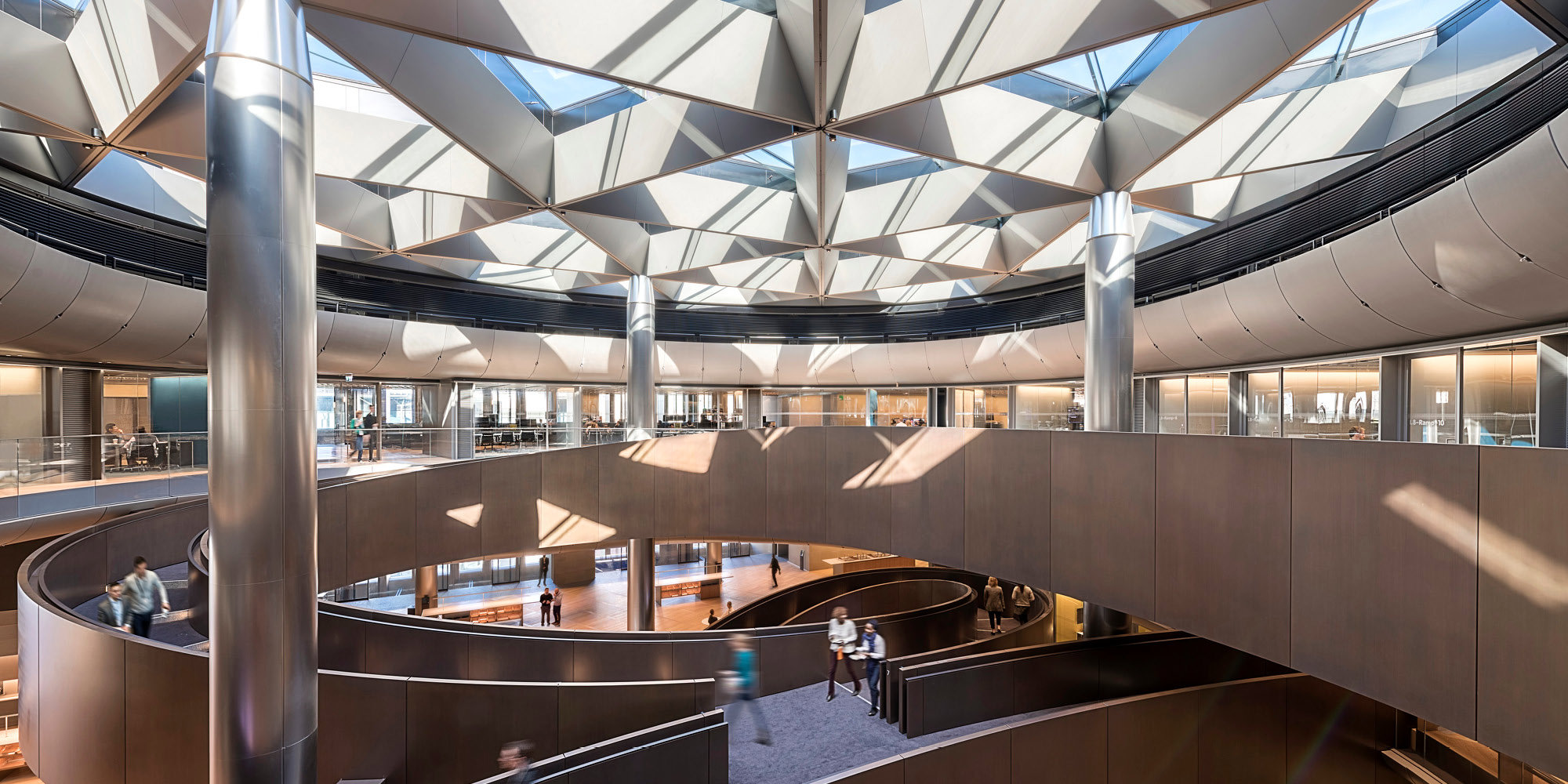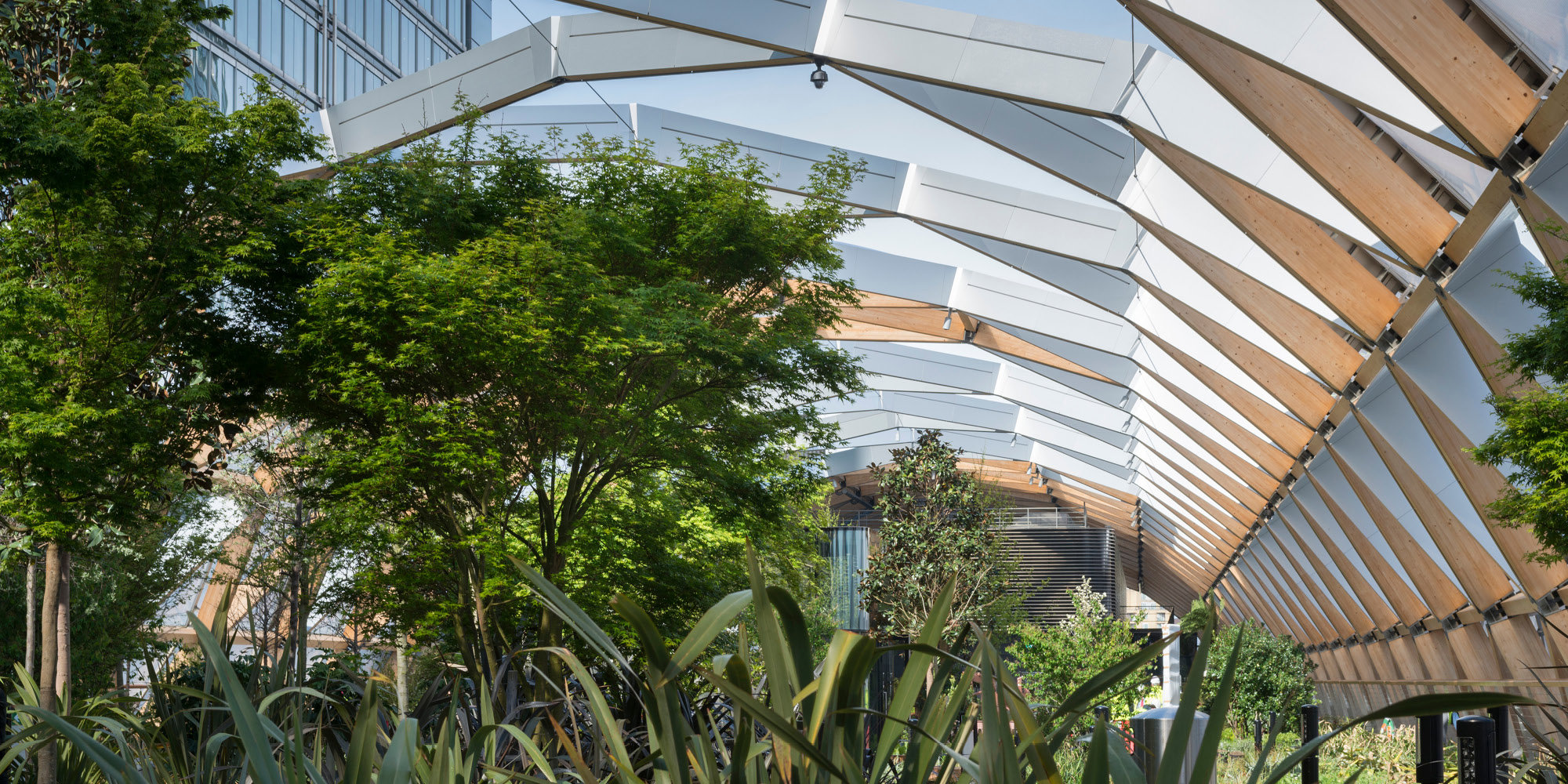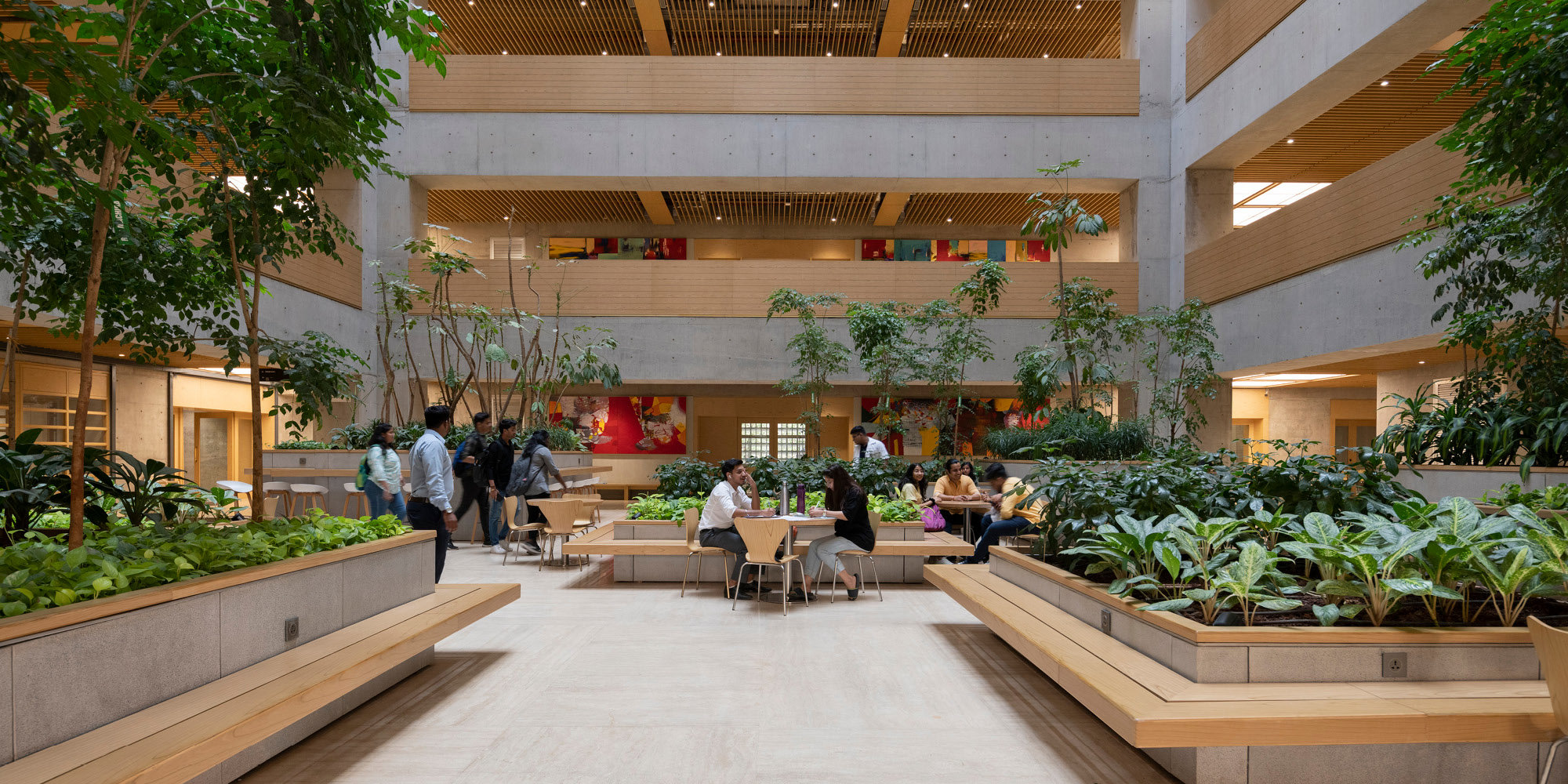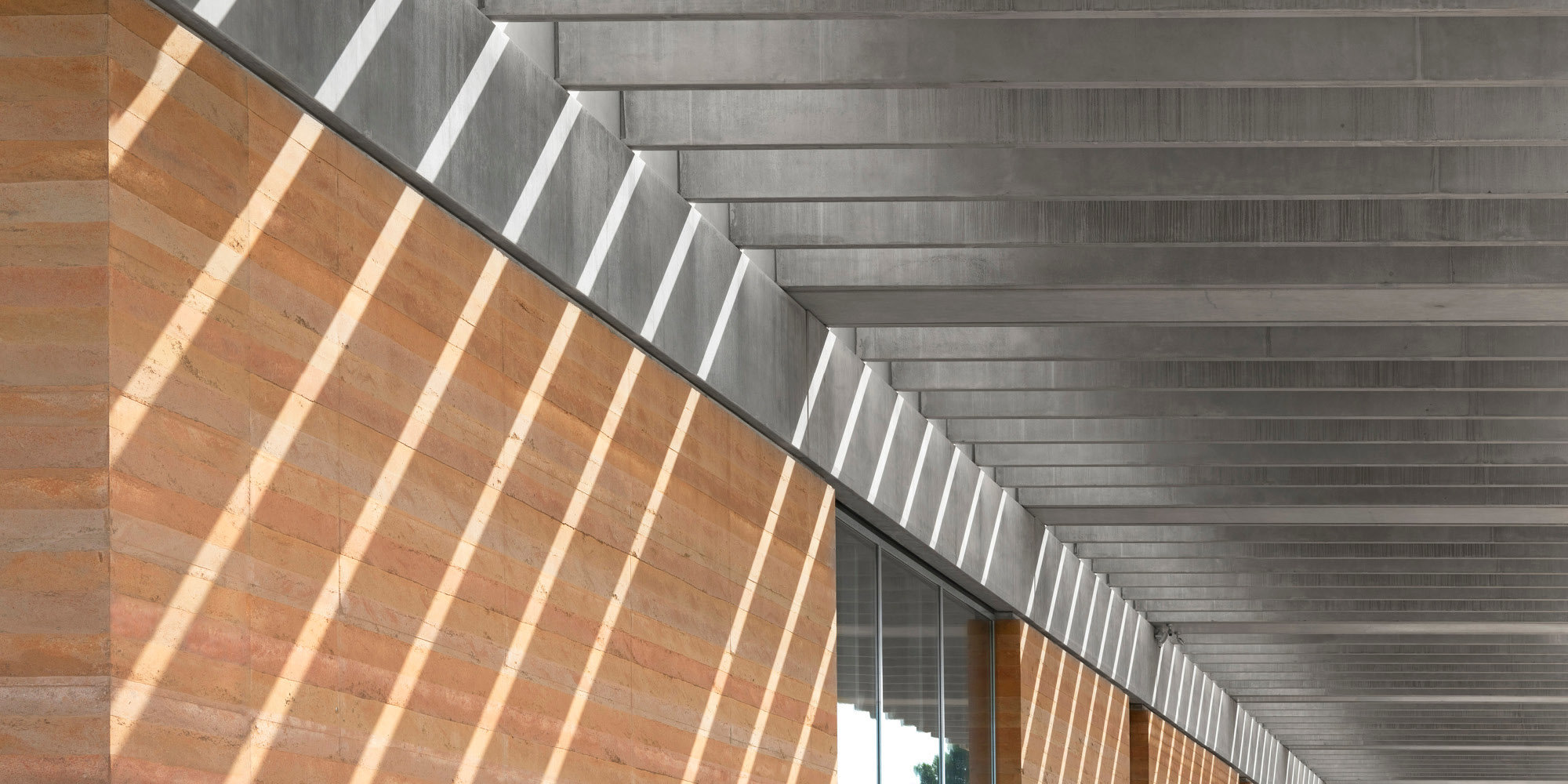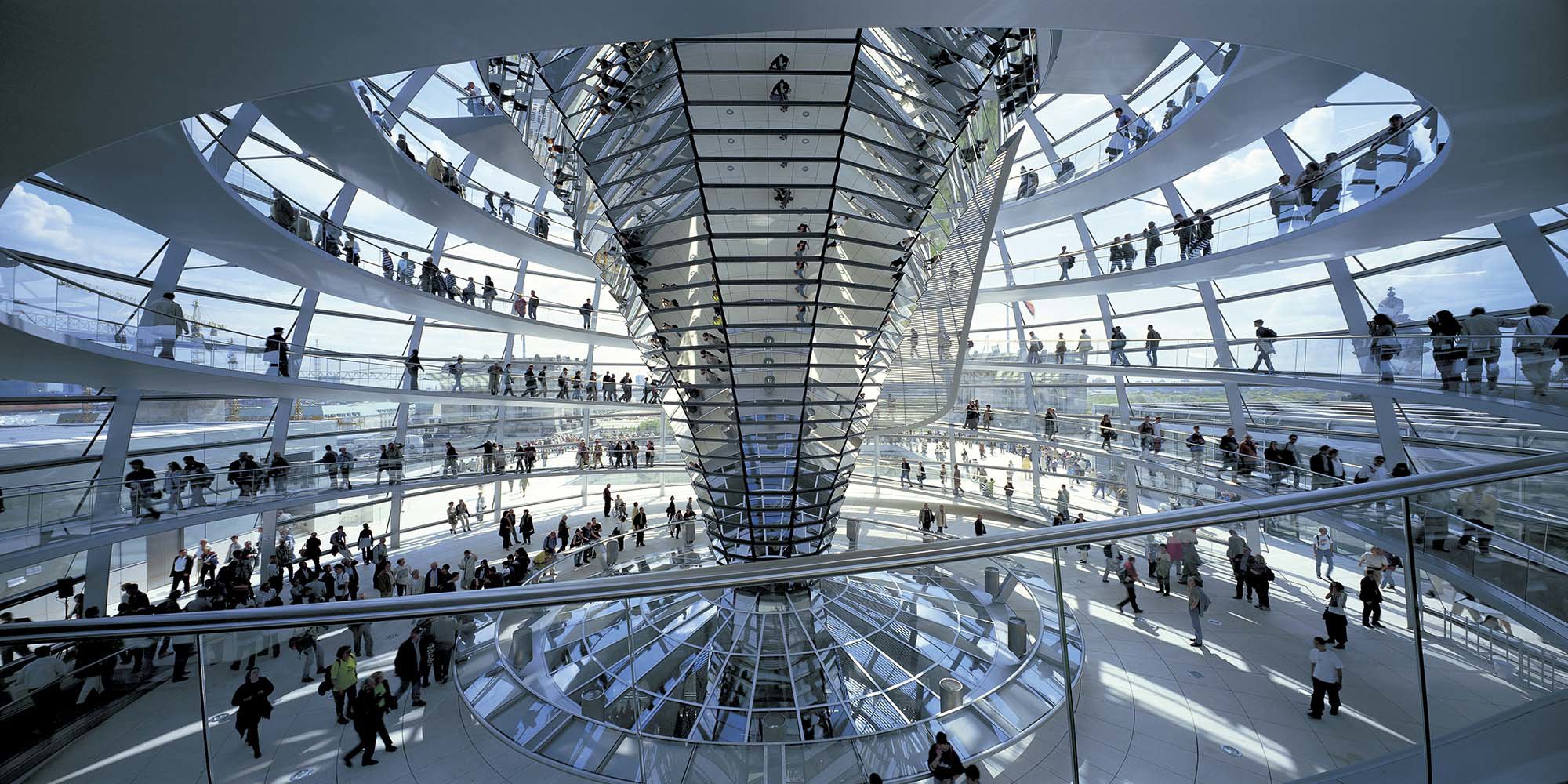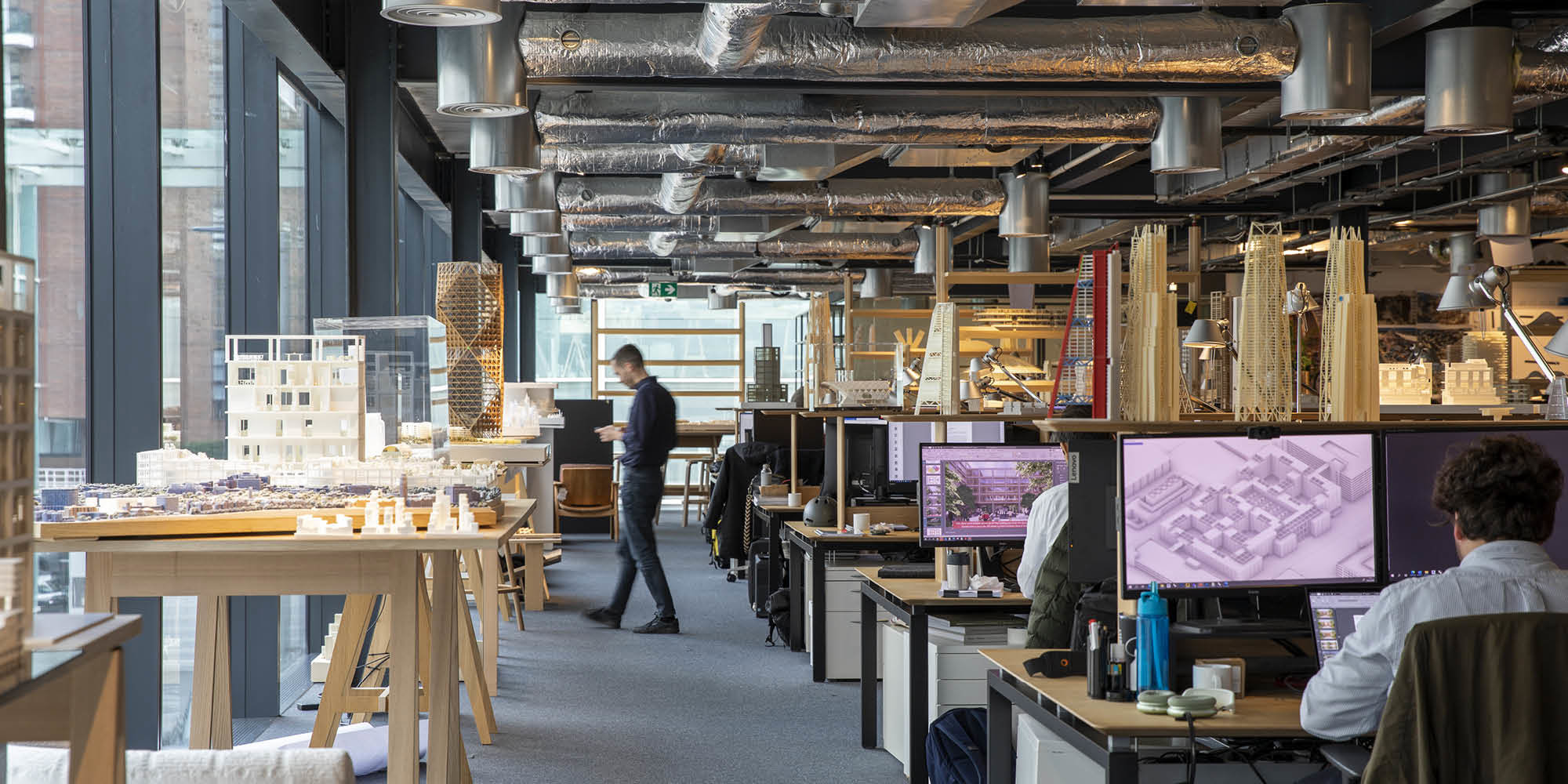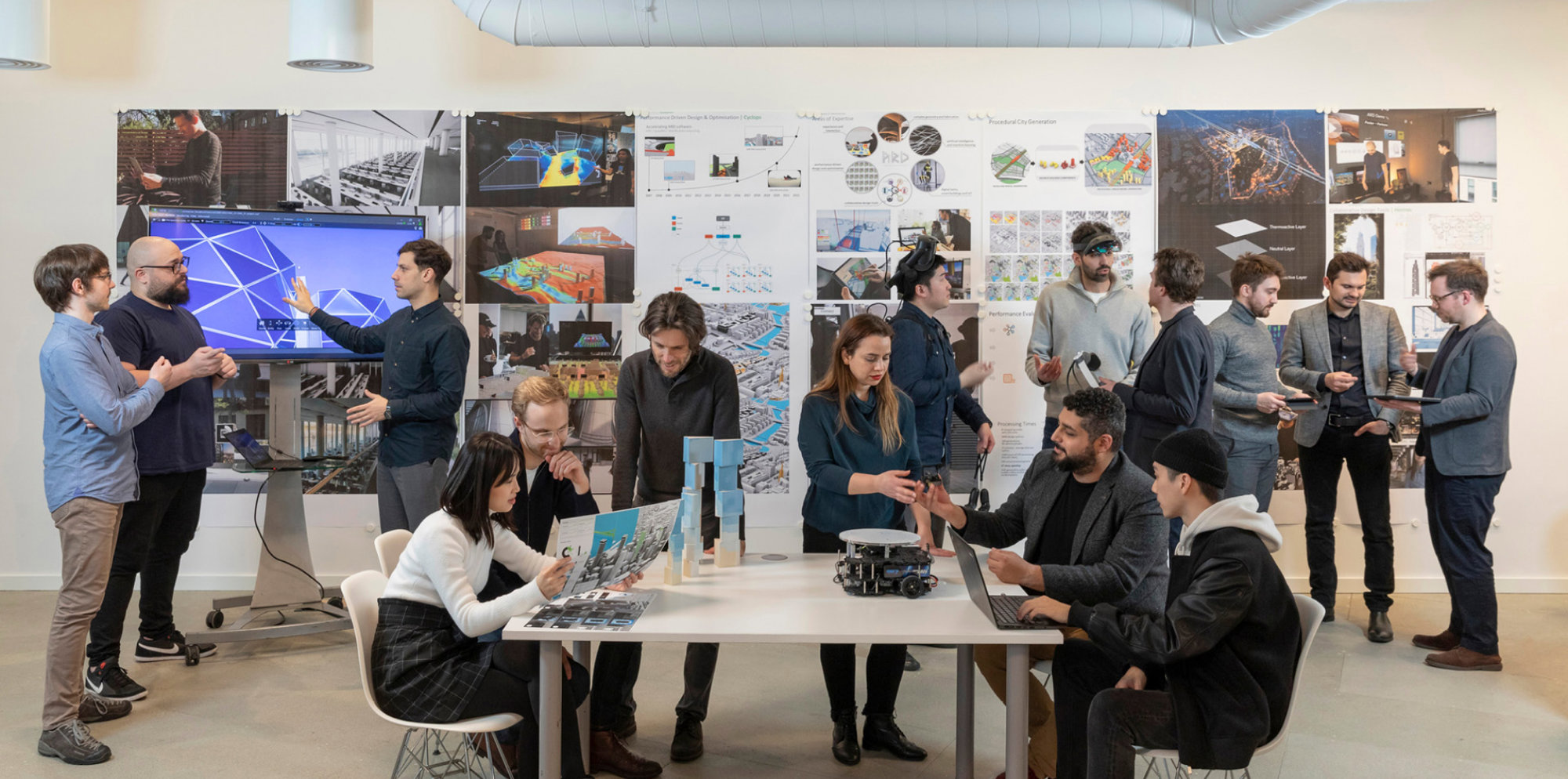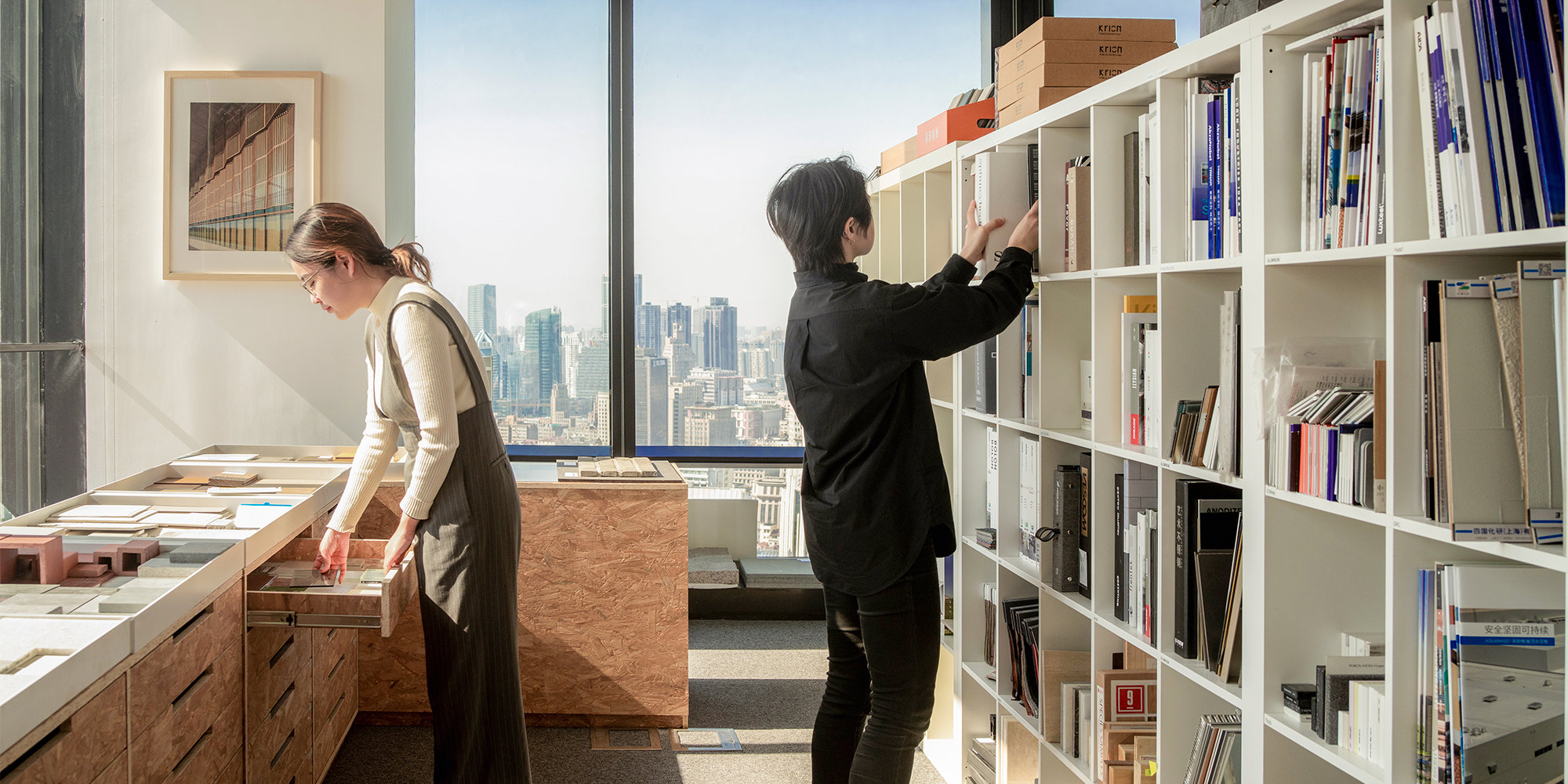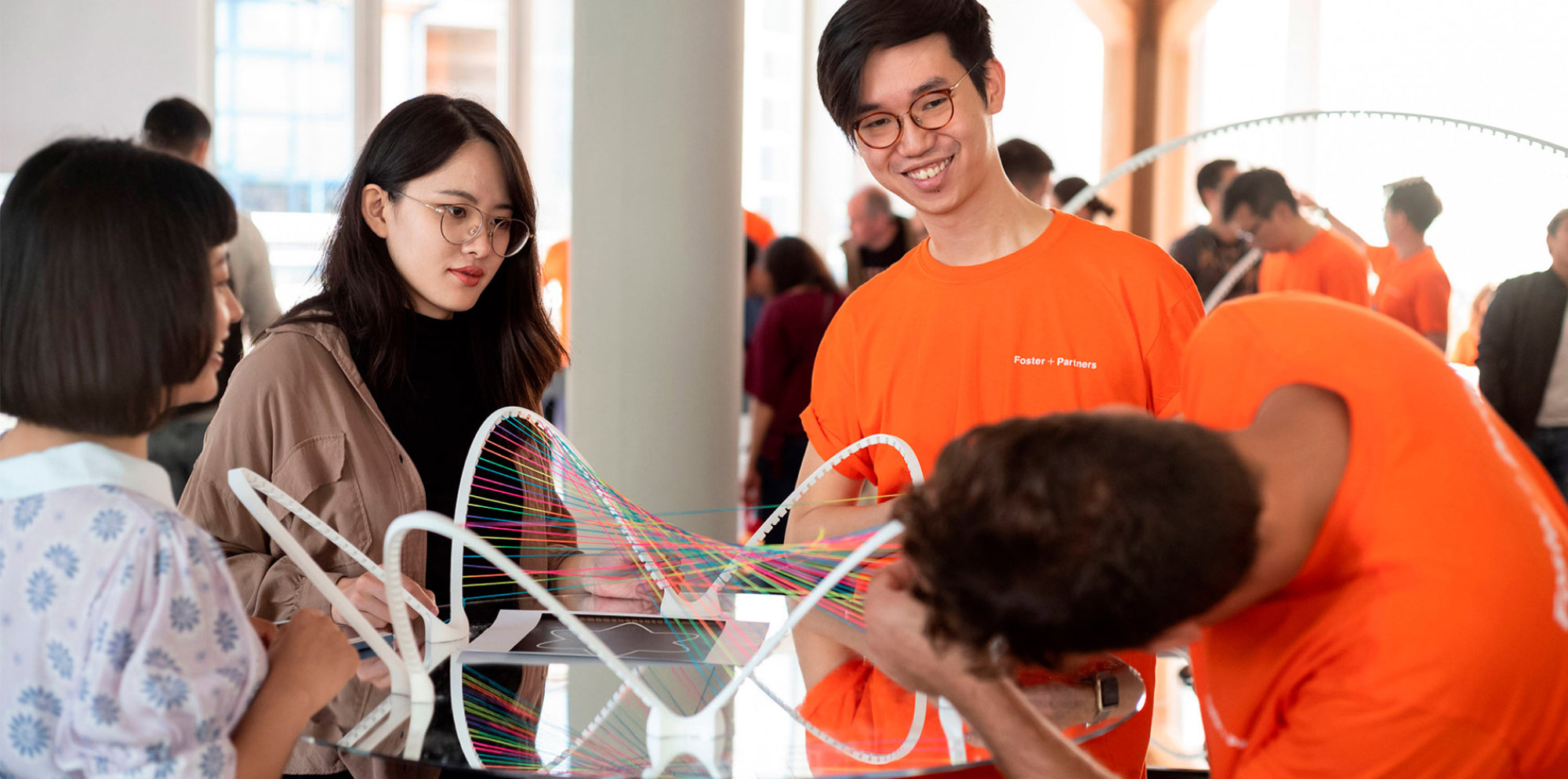Nick Grimshaw was a pioneering figure of modern architecture who built around the world. He found delight in meticulously crafting the structural expression of his buildings, evident in two of his best-known works – Waterloo International Railway Station and the Eden Centre in Cornwall. Waterloo Station, a structural and spatial tour de force, was the gateway to Europe for thirteen years and proclaimed by Grimshaw as his favourite building.
Given his love of engineering and long association with the arts, it is telling that his father was an aircraft engineer, and his mother and grandmother were artists. Before embarking on a career in architecture he first studied art at the Edinburgh College of Art. Afterwards, he moved to London and entered the Architectural Association where I can sense the influence of his teachers – notably Peter Cook and Cedric Price. After graduation he teamed up with Terry Farrell, who was a year older and had just returned from studying in America. Their partnership lasted for fifteen years until in 1980 he set off on his own, forming a practice, later to be known as Grimshaw and Partners.
In an independent career that spanned almost three decades, Grimshaw dared to experiment in a wide diversity of projects, operating from offices in America, Europe and Asia. Notable was his EXPO 92 Pavilion in Seville with its virtuoso water – cascading glass façade, designed in collaboration with the artists William Pye, a low energy and sustainably elegant response to the heat of an Andalusian summer. Closer to home his printworks for the Financial Times known as East India Dock House of 1988, merited the accolade of a listing by English Heritage nearly 30 years later.
Nicholas Grimshaw achieved a remarkable balance of private practice and public service – acting as President of the Royal Academy (2004 – 2011) and the Architectural Association (1994). He served on National and International competition juries and received the Queens Royal Gold Medal in 2018. For his services to architecture, he was knighted in 2002.
I can recall admiring the bravura of his earliest works in the nineteen sixties when I had just returned from studying in the United States and since then I have followed the later, more mature works.
But perhaps the last remembrance should be in the words of those in the practice who were closest to him, a leadership that was open and embracing “the lack of hierarchy in the studio, shaped by his amiable and open personality, was its true strength” and finally “a man of invention and ideas” who will be “remembered for his endless curiosity about how things are made and his commitment to the craft of architecture and building”.
